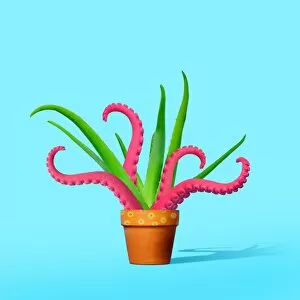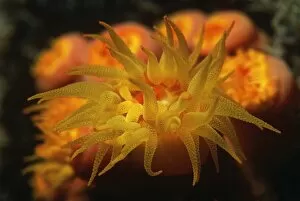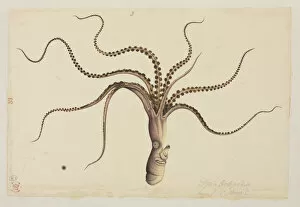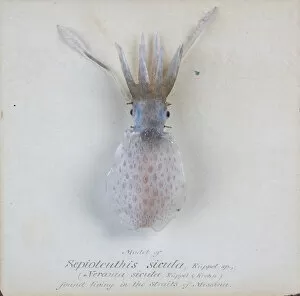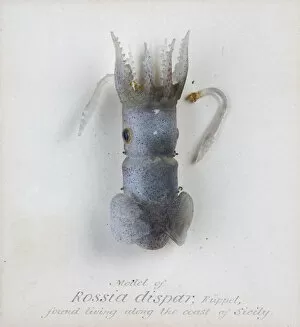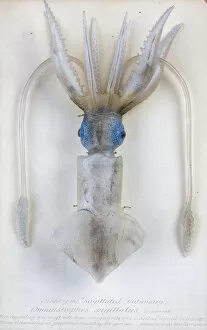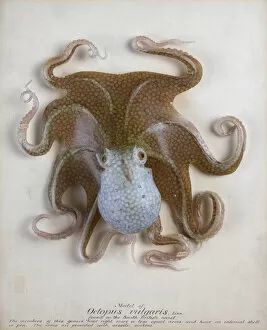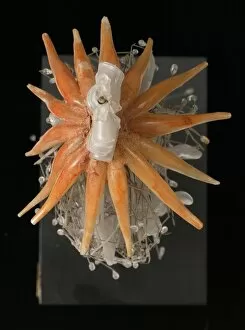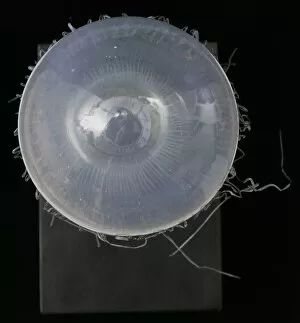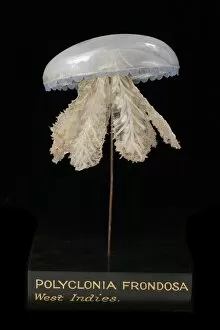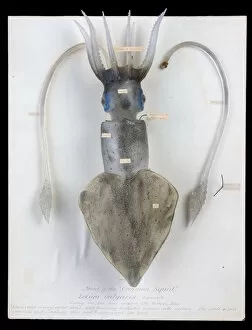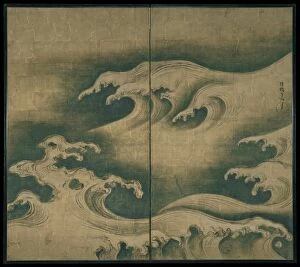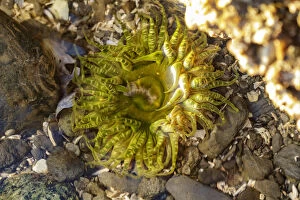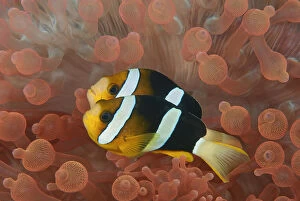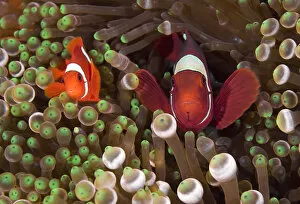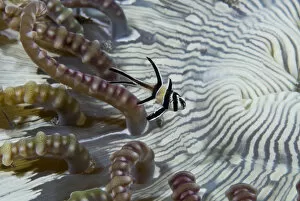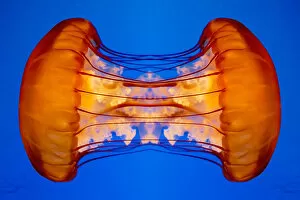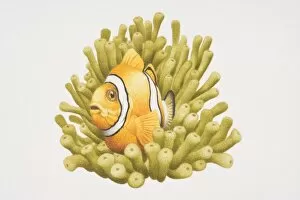Tentacle Collection (page 7)
"Tentacle: A Symbol of Power, Mystery, and Nature's Intricacies" From ancient times to modern depictions
For sale as Licensed Images
Choose your image, Select your licence and Download the media
"Tentacle: A Symbol of Power, Mystery, and Nature's Intricacies" From ancient times to modern depictions, the tentacle has captivated our imagination with its enigmatic allure. In 1882, an American cartoon portrayed England as the octopus of imperialism, symbolizing its relentless quest for land across continents. This Devilfish in Egyptian waters served as a powerful metaphor for domination. Jules Verne's "20, 000 Leagues Under the Sea" brought forth another image of a wriggling arm brandishing in the air - an eerie reminder of the deep-sea wonders that lay beneath. The octopus became synonymous with mystery and intrigue. But not all they are fearsome; some hold delicate beauty within their grasp. The Blue-ringed Octopus mesmerizes us with its vibrant hues while reminding us of nature's intricate designs. In folklore and mythology alike, we encounter tales of sea monsters like Kraken attacking ships with their massive tentacles. These legends from Scandinavia evoke both fear and fascination as they remind us of humanity's vulnerability against nature's might. Even in political satire, tentacles find their place. An anti-Russian map from 1904 humorously depicts Europe and Asia entangled by Russia's reach - highlighting how power can extend through unseen appendages. Beyond marine creatures, snakes too possess captivating coils that resemble tentacles in their sinuous movements. Their elegance reminds us that even danger can be beautiful. The clash between two giants unfolds when the Kraken battles Sperm Whales in a lithograph from 1900 - showcasing strength locked within each creature’s mighty limbs. Venturing into colder realms brings encounters with mysterious beings like unidentified large jellyfish amidst brash ice in Antarctica’s Cierva Cove. These ethereal creatures embody both fragility and resilience against harsh polar conditions. And let us not forget about squid.


